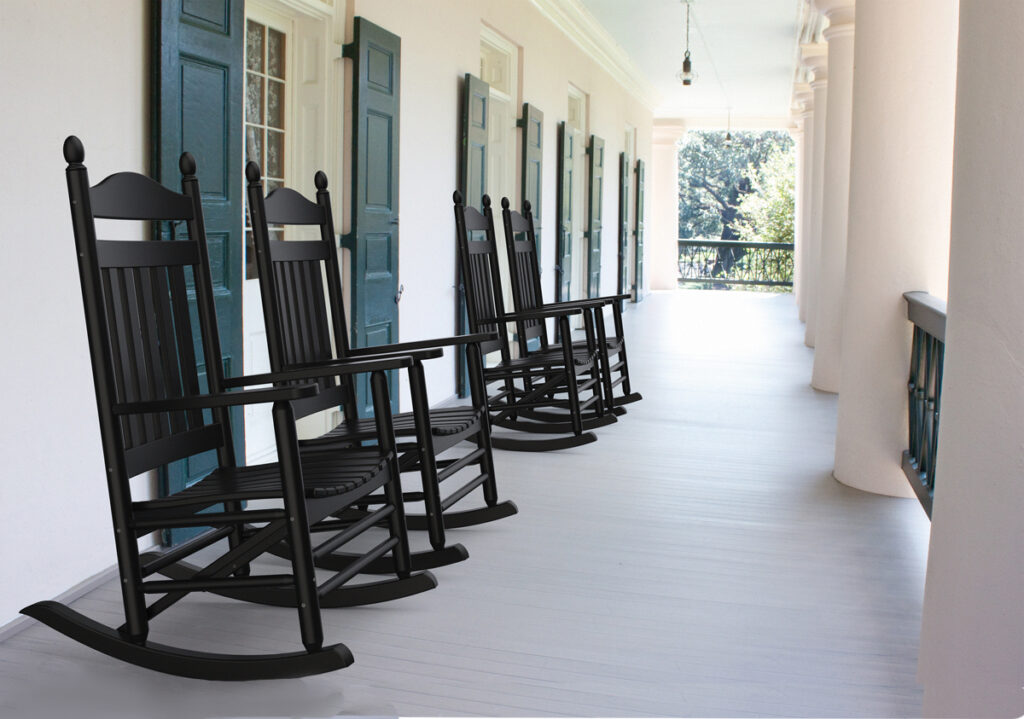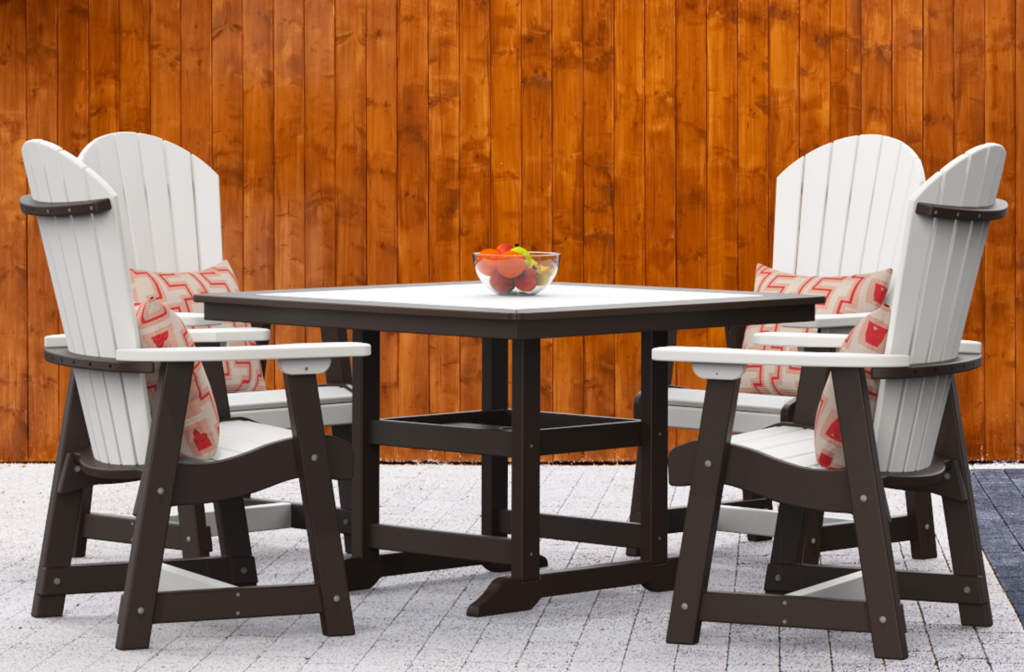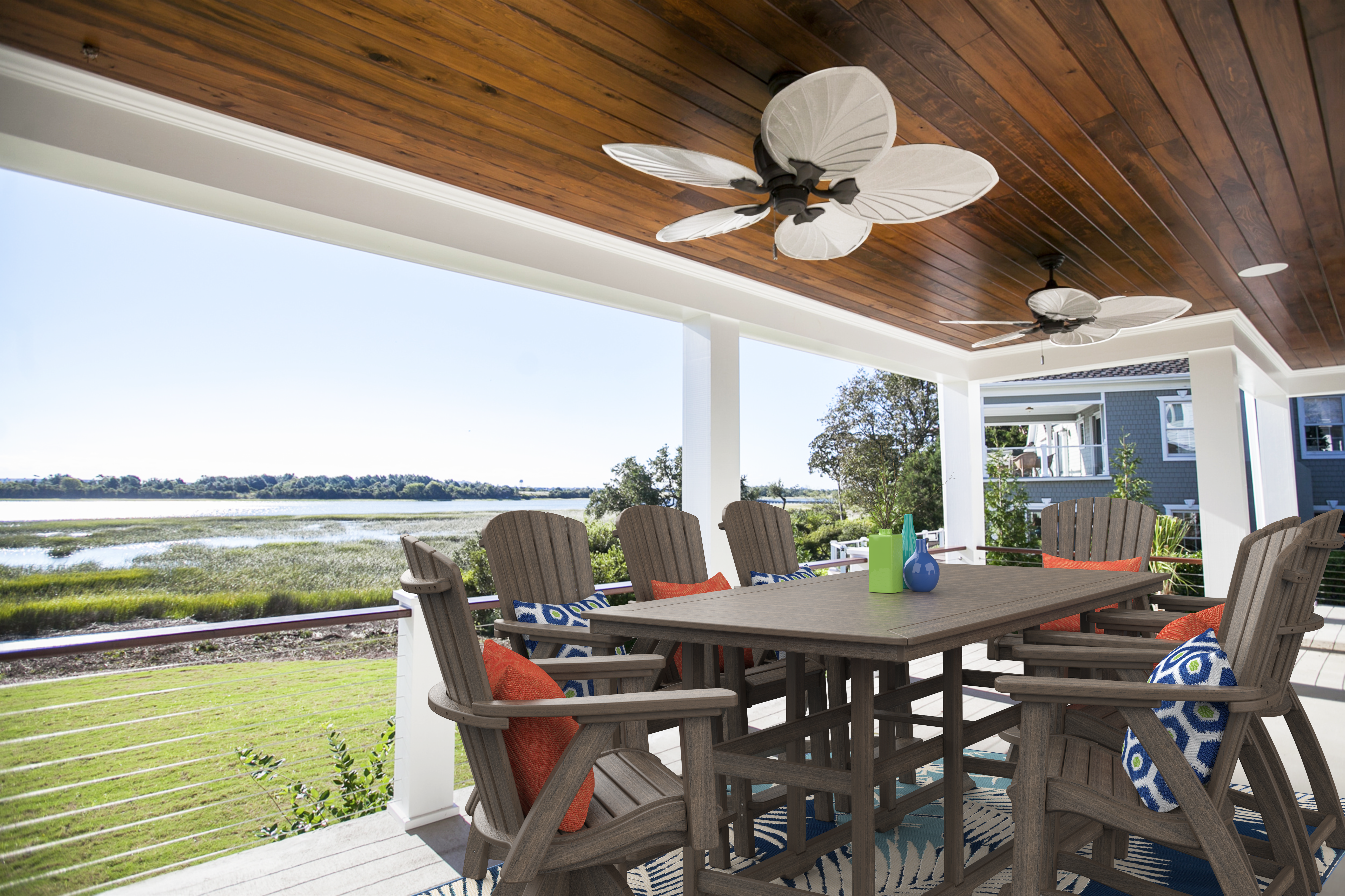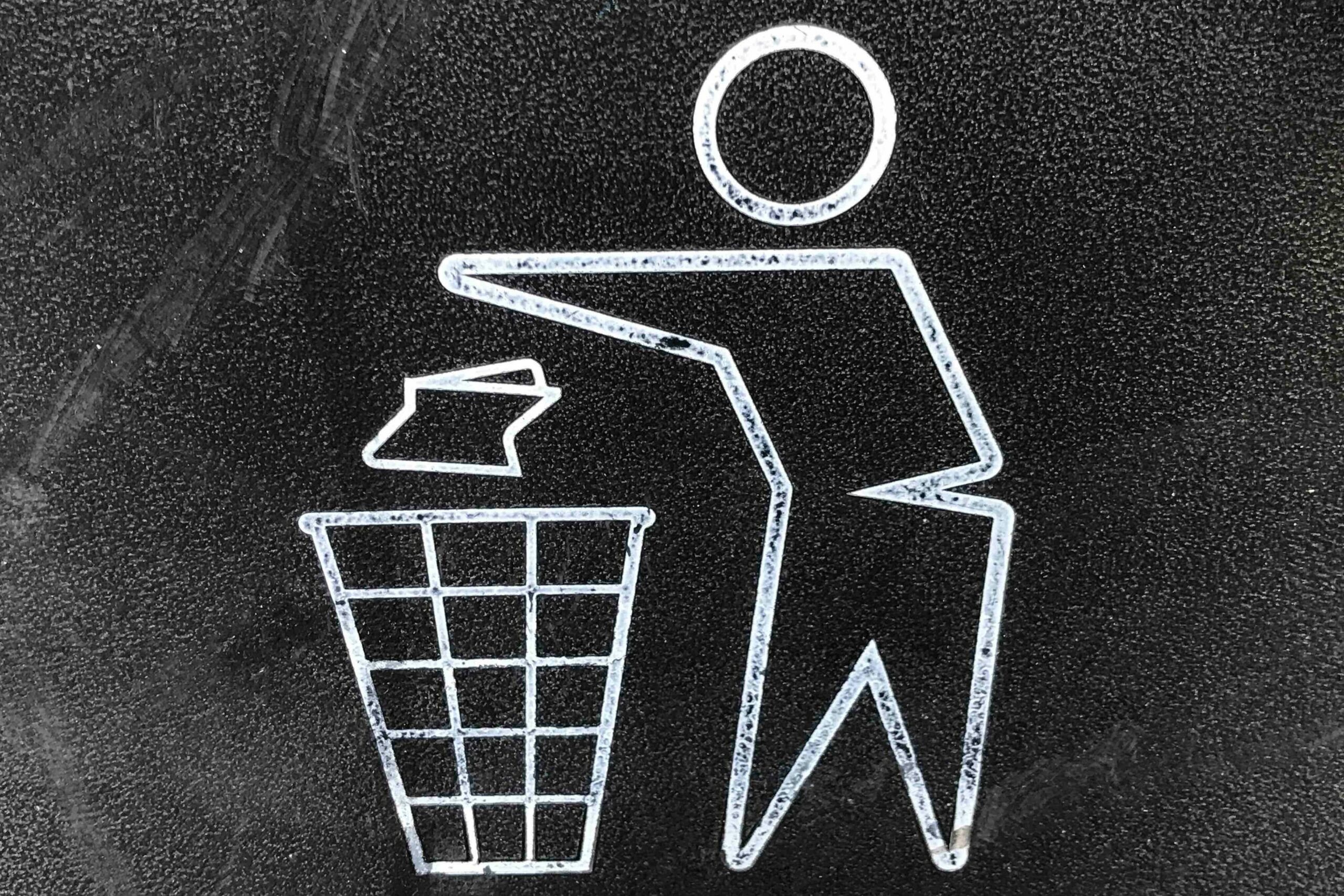We all know how useful plastics are, but today it seems that everyone’s talking about the problem of plastic. It’s true–plastic does create some problems. You’ve probably taken a drive through the countryside, only to see plastic cups or straws in a roadside ditch. Or maybe you’ve glanced at the sky, only to have the scenery interrupted by the sight of grocery bags trapped in trees, snapping in the breeze like tattered flags. Or you’ve heard about the “Great Pacific Garbage Patch,” a floating mat of plastic scrap that’s three times the size of France.
Plastic can be a problem, but we still use a lot of it. According to one analysis, the US makes enough each year to shrink-wrap Texas. And the demand for plastic remains high because it’s hard to imagine doing without it–just ask someone who’s dropped a jelly jar made from glass!

Plastic Recycling: solving one problem, creating another
Plastics have been around since the 1930s, but they became increasingly common in the middle of the 20th century. As people found new ways to use them, they began to take the place of products and containers that were once made from paper, glass, or metal. Increased use of plastic meant increased plastic waste, made worse by the fact that plastic seems to last forever.
In the 1970s, growing awareness of plastic’s downside led to a nationwide push for recycling, and those programs took off in the 1980s. Once underway, those programs kept tons of plastic out of landfills, but they created a new question: What’s to be done with all that recycled plastic?
It was a desire to answer this question that led two young men to develop a way of turning recycled plastic into plastic lumber. Once they had a process down, they still weren’t sure of the best way to use the lumber. But then a visit to Boston and the sight of an Adirondack chair brought sudden inspiration–outdoor furniture would be a perfect use for plastic lumber. It wasn’t long before poly furniture grew from an idea into an industry.

Poly Furniture: a perfect solution to the plastic problem
When many people think of plastic as a building material, they think of something that isn’t very strong and gets brittle over time. But this isn’t true of poly lumber.
“Poly” is shorthand for a kind of plastic known as high-density polyethylene (HDPE). It’s the stuff used for milk jugs, grocery bags, shampoo bottles, crates, and more. You’ve almost certainly got some in your home–it’s easily identified by its recycling symbol, a “2” circled by three arrows.
When HDPE is recycled and turned into lumber, it becomes a rigid product that won’t warp or crack, that doesn’t easily stain, and that is resilient in the toughest of outdoor conditions. Is it raining or snowing? Is it the heat of summer or the depth of winter? Poly furniture can’t tell the difference–it just does what it is made to do, and it does so with virtually no maintenance.

Building with Poly: how it helps the environment
Today, there are several companies that make poly lumber. And while their processes may be slightly different, the basic concepts are similar:
- Gather up recycled #2 plastic.
- Chop it up into tiny pieces.
- Wash and screen it.
- Put it back together, mixing it with colors and other additives.
- Extrude (squeeze) it into the shape and size that’s needed.
This artificial lumber-making process comes with several benefits for the environment:
- It keeps plastic out of landfills. Since there are various sizes of poly furniture, it’s hard to be exact, but a single poly chair can mean new life for hundreds of plastic milk jugs.
- It can be recycled repeatedly. Poly furniture lasts for decades, but even if it reaches the end of its usefulness, it can be turned back into new furniture. Besides, even the scraps created in construction can be used to make new tables and chairs.
- It saves energy. Compared to using other products (such as wood), less energy is needed to transport the raw materials and to manufacture furniture from poly.
- Fun fact: the EPA says that recycling 10 plastic bottles saves enough energy to keep a laptop running for 24 hours.

- It saves wood. While trees can be grown like other crops and managed sustainably, furniture that’s made from poly can keep trees standing longer or allow their wood to be used where plastic just won’t do.
- It minimizes the use of related resources. Since poly doesn’t need to be stained or painted, using poly furniture means fewer of these chemicals need to be produced and used.
- It lasts a very long time. One of the biggest complaints about plastic is that it doesn’t break down in the environment. While that’s bad in a landfill, it’s great for making outdoor furniture. And it means that it won’t need to be replaced for a long, long time.
The Verdict
For its durability and benefit to the environment, poly furniture is hard to beat. While it doesn’t feel quite like wood, it also won’t give you splinters–or the need to constantly maintain it. When you’re in the market for another piece of outdoor furniture, poly might be just what you’re looking for.


